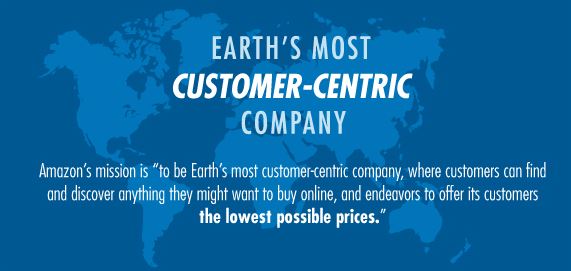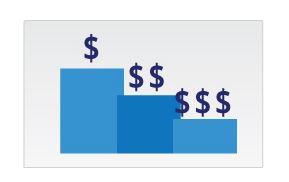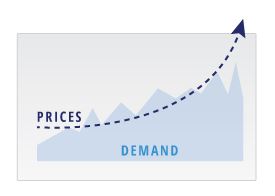How Dynamic Pricing is Disrupting Online Retail in 2015

Dynamic pricing first gained popularity in the airline industry, but has now taken online retail by storm. It is most popular with big box retailers, but online sellers of all sizes are starting to catch on.

Repricing automation used to be a luxury reserved for the big name retailers–Amazon, Walmart, and Best Buy–just to name a few. With vast resources at their disposal, they are able to build dynamic pricing engines in-house, making it possible to always match pricing with brand image, while staying competitive. However, this type of data-driven repricing is becoming more available to online retailers of all sizes.
Wal-Mart and Amazon can both be classified as loss leaders, meaning that they aim to always have the lowest prices on many of their items. Shoppers have come to expect this from these retailers. The price perception is so ingrained in the consumer that even when these retailers don’t have the lowest price on certain products, they are still viewed as the cheapest overall. Even for retailers that don’t try to maintain a loss leader pricing strategy, many of them have a dynamic pricing strategy to keep their pricing up to speed with the market
Online retail is the perfect industry for dynamic pricing because it’s already so fast paced. Secondly, with the help of third party repricers, it’s easy for online sellers of all sizes to update their prices with the click of a button, unlike the effort and time needed to change prices in-store.
Let’s dig into why big name retailers have been practicing dynamic pricing and why it’s important for all other online sellers to follow suit.
 This is the most common thing that comes to mind when thinking of dynamic pricing, but it doesn’t have to mean a one way ticket to no-margin-ville.Strategic price decreases are helpful when an online retailer needs to clean out inventory for certain products or when a competitor cuts prices.
This is the most common thing that comes to mind when thinking of dynamic pricing, but it doesn’t have to mean a one way ticket to no-margin-ville.Strategic price decreases are helpful when an online retailer needs to clean out inventory for certain products or when a competitor cuts prices.
This last one should be done with caution, though. Price wars are best avoided in online retail because it’s easy to start selling products below cost just to beat a competitor’s price.
That’s where dynamic pricing engines come in. Retailers know the price range they’re willing to sell an item for and engines that put safeguards like minimum and maximum price guards into place ensure that they’ll never present a price to a shopper that isn’t in the retailer’s best interest.
The other side of the coin isn’t discussed as often, but its results are definitely desirable. While decreasing prices can help bump up sales and revenue, increasing prices can do wonders for retailers’ profit margins. From wanting to protect limited stock to capitalizing on surging demand for a certain product, the reasons behind increasing prices can vary. Some other optimal times for price increases are in the event that a competitor goes out of stock to capitalize on limited supply and when a retailer has a unique product. In this latter case, the price can increase until demand drops off slightly to determine the best price. 
So why is dynamic pricing such a big deal in online retail in 2015? 2014 was a big year for online retailers and 2015 is looking to be record-breaking one as well. The National Retail Federation estimates that 2015 non-store sales will jump by 7-10%. That means that in order to maximize their share of this increase in sales, retailers have to test their prices accordingly.
The rise in price optimization engines democratizes the ability to reprice and keeps online retailers relevant. Dynamic pricing is coming of age this year, and retailers are realizing that manually changing the prices on thousands to millions of SKUs won’t make the cut in such a competitive market. Retailers should consider adding a dynamic pricing strategy to their tool belt to stay competitive and profitable in such a crowded market.
